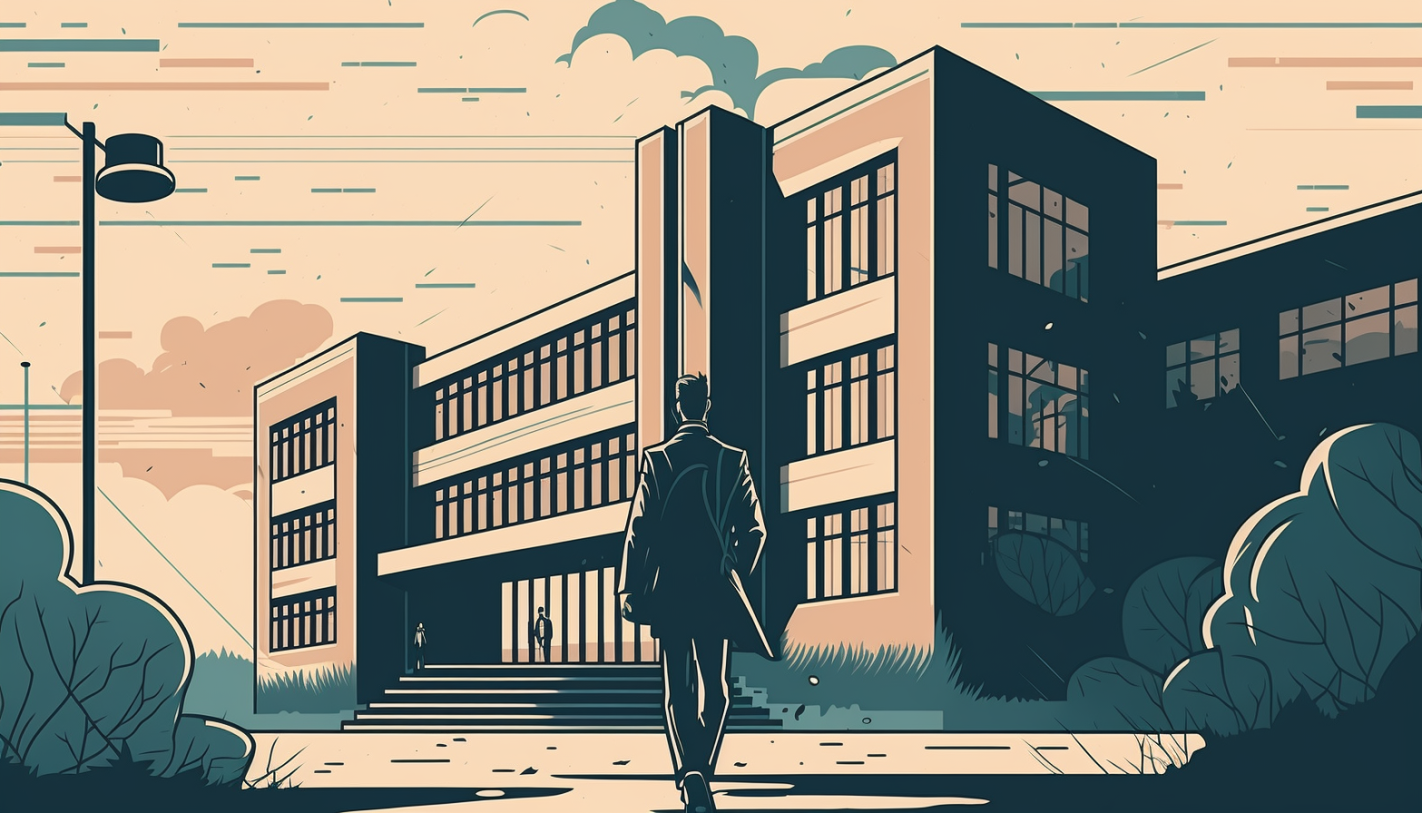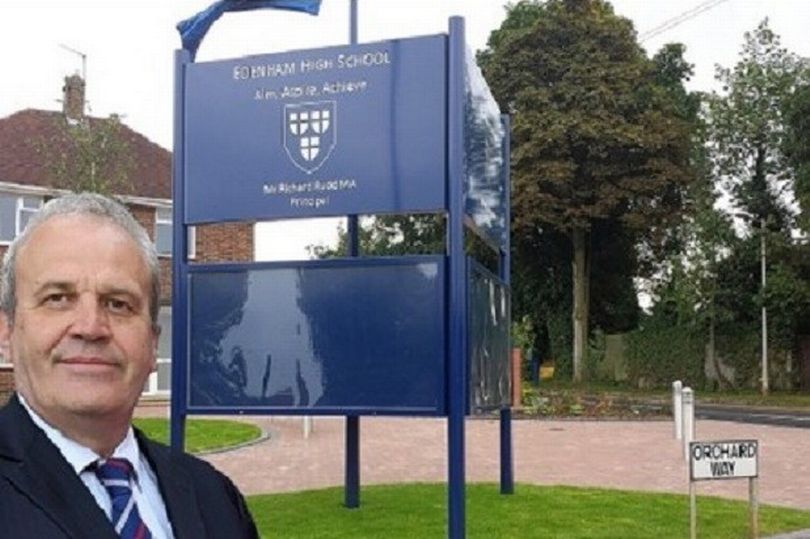Outline
- Introduction
- Definition of bullying
- Causes of bullying
- Effects of bullying
- Signs of bullying
- Role of teachers in preventing bullying
- Ways to create a bully-free classroom environment
- Creating a code of conduct
- Encouraging reporting of bullying incidents
- Implementing consequences for bullies
- Providing support for victims
- Involving parents in anti-bullying efforts
- Educating students on bullying prevention
- The importance of teacher training
- Conclusion
Bullying has become a widespread problem in schools, and teachers play a critical role in preventing it. It is essential for teachers to create a safe and supportive learning environment where students feel valued, respected, and free from harm. In this article, we will discuss what teachers can do to stop bullying.
Definition of Bullying
Bullying is a repetitive, intentional behavior that involves an imbalance of power. It can take many forms, including physical, verbal, and social bullying. Physical bullying involves physical aggression, such as hitting, pushing, or kicking. Verbal bullying involves name-calling, teasing, or taunting. Social bullying involves excluding or isolating individuals from social groups.
Causes of Bullying
There are various reasons why a student may engage in bullying behavior. Some students may bully others to gain social status or control. Others may bully due to jealousy or insecurity. Bullying can also be a learned behavior, as some students may have experienced bullying in their home or community.
Effects of Bullying
Bullying can have serious consequences for both the victim and the bully. Victims of bullying may experience anxiety, depression, and low self-esteem. They may also struggle academically and have difficulty forming healthy relationships. Bullies, on the other hand, may face legal consequences and have difficulty forming healthy relationships in the future.
Signs of Bullying
It is crucial for teachers to recognize the signs of bullying. Some common signs include unexplained injuries, changes in behavior, and social withdrawal. Students who are bullied may also struggle academically and have difficulty concentrating in class.
Role of Teachers in Preventing Bullying
Teachers play a critical role in preventing bullying. They are responsible for creating a safe and supportive learning environment where students feel valued and respected. Teachers can help prevent bullying by promoting positive behavior, providing support for victims, and implementing consequences for bullies.
Ways to Create a Bully-Free Classroom Environment
Creating a bully-free classroom environment is essential for preventing bullying. Teachers can do this by:
Creating a Code of Conduct
Teachers should create a code of conduct that outlines expected behavior and consequences for breaking the rules. The code of conduct should be clear and concise, and students should be held accountable for their actions.
Encouraging Reporting of Bullying Incidents
Students should feel comfortable reporting incidents of bullying to teachers. Teachers should listen to student concerns and take appropriate action to address the issue.
Implementing Consequences for Bullies
Bullies should face consequences for their actions. These consequences should be consistent and appropriate for the behavior. Teachers should work with administrators and parents to determine the appropriate consequences for bullying.
Providing Support for Victims
Victims of bullying should receive support from teachers and counselors. Teachers should listen to student concerns and provide resources to help students cope with the effects of bullying.
Involving Parents in Anti-Bullying Efforts
Parents play a crucial role in preventing bullying. Teachers should work with parents to create a safe and supportive learning environment. Parents should be informed of bullying incidents and involved in the consequences and support provided to the students involved.
Educating Students on Bullying Prevention
Educating students on bullying prevention is crucial for creating a bully-free environment. Teachers should incorporate bullying prevention lessons into their curriculum and provide students with resources to learn more about bullying. These resources can include books, videos, and interactive activities.
The Importance of Teacher Training
Teachers need to receive training on bullying prevention and intervention. This training should include information on how to recognize signs of bullying, strategies for preventing bullying, and how to respond to bullying incidents. Teacher training can also include workshops on creating a positive classroom environment and effective communication skills.
Conclusion
Bullying is a serious problem in schools, and it is crucial for teachers to take an active role in preventing it. Teachers can create a bully-free environment by promoting positive behavior, providing support for victims, implementing consequences for bullies, involving parents in anti-bullying efforts, and educating students on bullying prevention. Teacher training is also essential for effective bullying prevention. By working together, teachers can help create a safe and supportive learning environment where all students feel valued and respected.
FAQs
- How can teachers recognize signs of bullying?
- Teachers can recognize signs of bullying by looking for unexplained injuries, changes in behavior, and social withdrawal.
- What should teachers do if a student reports bullying?
- Teachers should listen to student concerns and take appropriate action to address the issue. This can include reporting the incident to school administrators and involving parents.
- How can teachers promote positive behavior in the classroom?
- Teachers can promote positive behavior by creating a code of conduct, modeling positive behavior, and providing praise and recognition for good behavior.
- What can teachers do to provide support for victims of bullying?
- Teachers can provide support for victims of bullying by listening to their concerns, providing resources for coping with bullying, and involving counselors and other professionals as needed.
- How can teachers involve parents in anti-bullying efforts?
- Teachers can involve parents in anti-bullying efforts by communicating with them about bullying incidents, working with them to create a safe and supportive learning environment, and providing resources for parents to learn more about bullying prevention.





